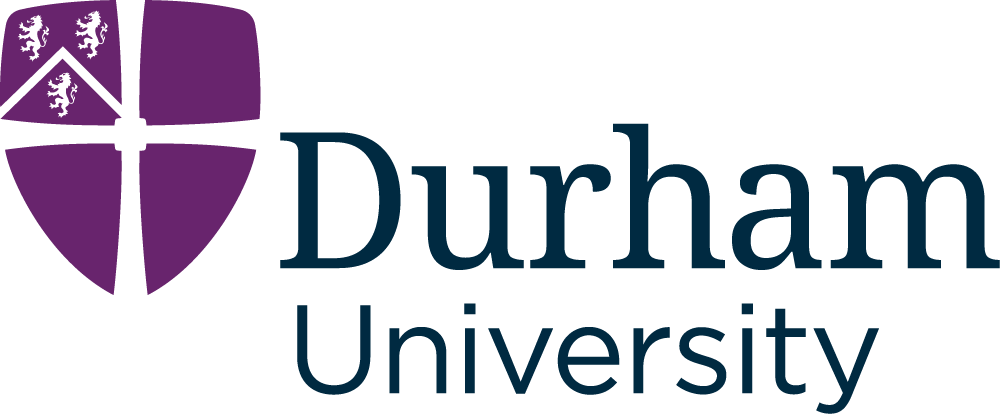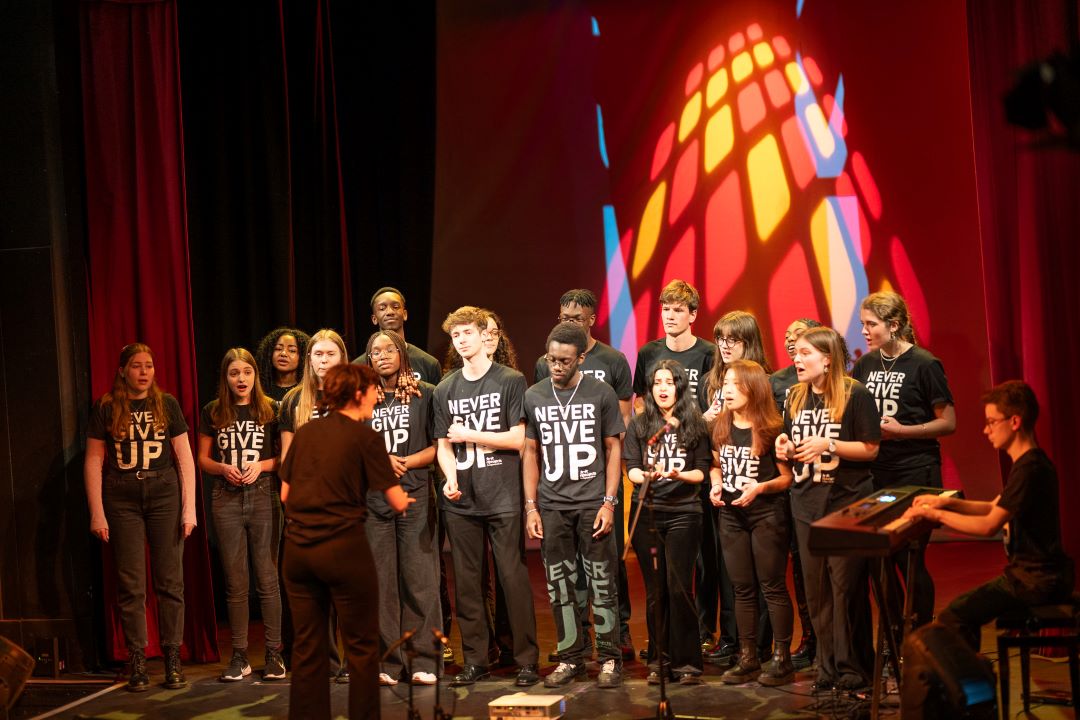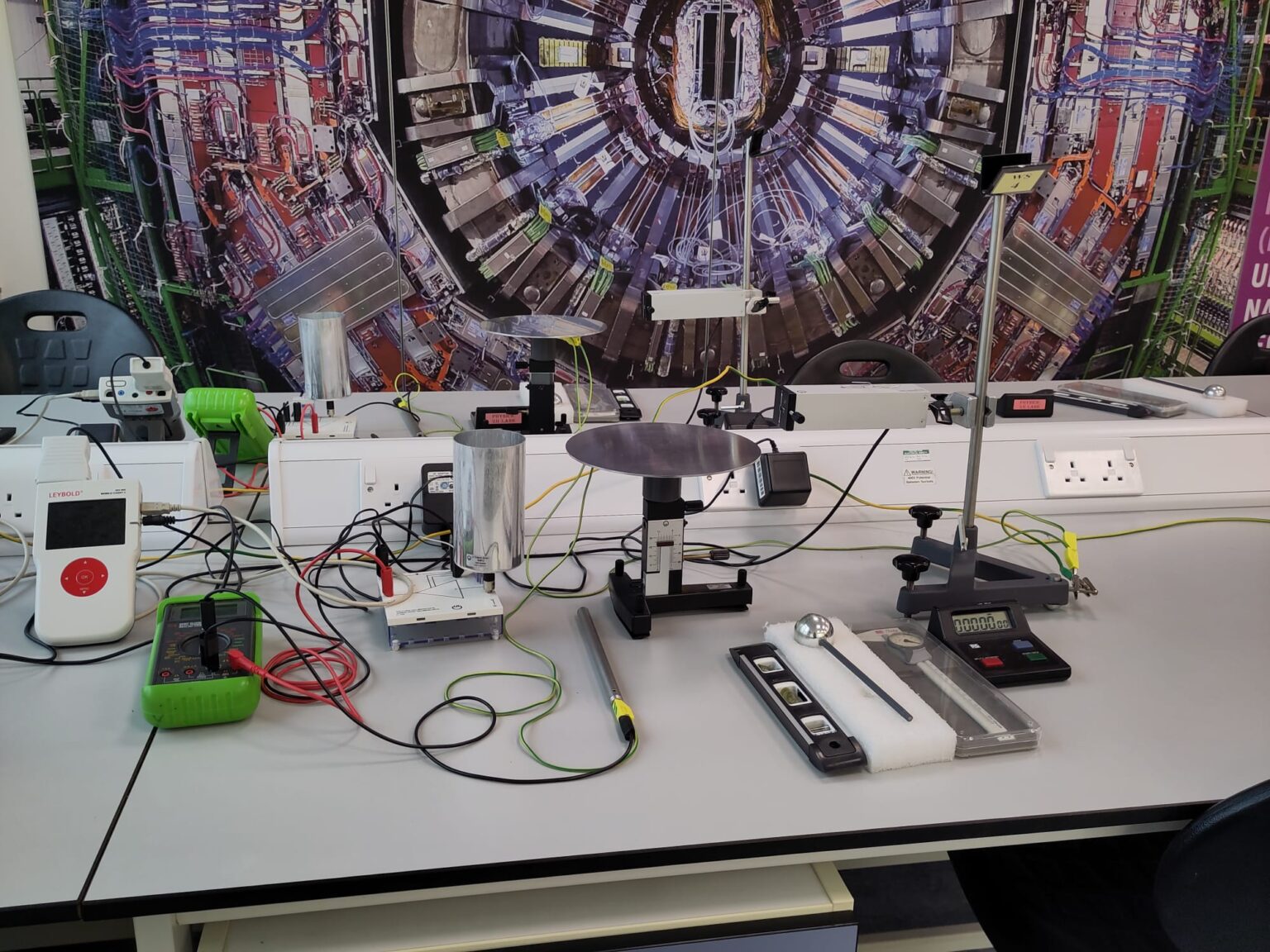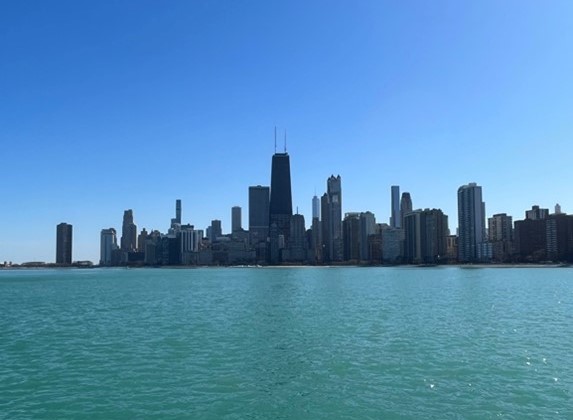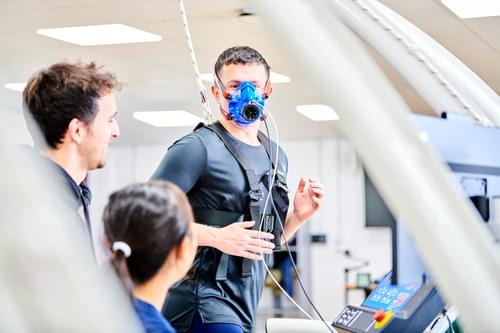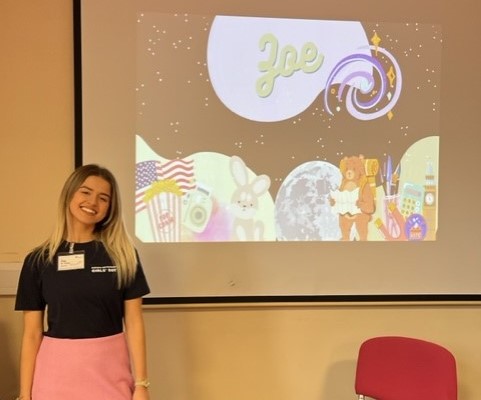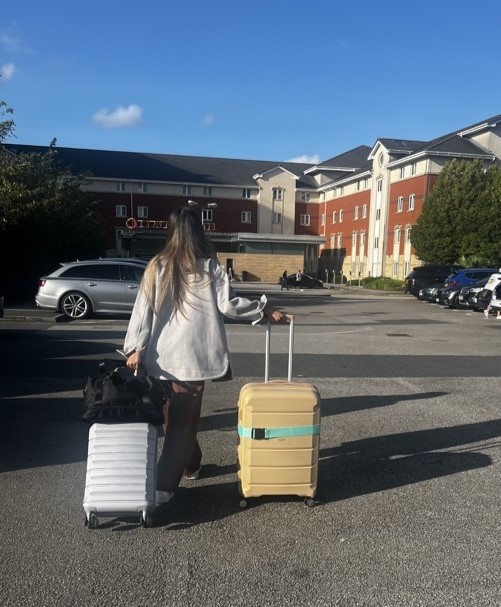Archaeology is much more than a degree for me, having being involved at an early age as a young archaeologist, and having taken part in a number of extra-curricular and departmental projects studying the material remains of the past. Outside of university I’m a keen hill-walker, rower and cyclist, spending much of my free time exploring the countryside and treading not-so-well-trodden paths. This has inspired me to write in different styles, fiction and non-fiction. The human past is all about stories, which is why I find it so interesting.
Tell us about your studies and the project you’ve been working on with Professor Diaz-Guardamino
I am currently on placement with Archaeological Services Durham University, having taken a year out from my BA course on Archaeology of the Historic World. This has taken me right through from prehistory to material studies of the contemporary world, with additional modules in ancient genetics, spatial databases and digital recording methods. My participation in the Prehistoric Europe and digital recording modules in second year is primarily what motivated me to join the international fieldwork in Spain, which combined aspects of both, and was also informed by historical sources and information from local people.
The project has been running for a number of years, investigating the context of decorated stone monuments or stelae, traditionally dated to the Late Bronze Age and associated with maritime connections with the Atlantic seaboard and the Mediterranean coast. Initially the focus was to find a pit or socket to extract the date of when the stone was presumably carved and then placed upright, but as more structures revealed themselves, the project expanded to investigate an entire funerary complex, looking at the burial customs and material culture of the prehistoric communities who were familiar with both ‘diadem’ and ‘warrior’-style stelas. A secondary objective has been to promote the cultural heritage of the Sierra Morena and rural Huelva more generally, as a region affected greatly by drought, poverty and people moving to urban areas in search of work. This is where the partnership between Durham University, the University of Seville, the University of Southampton and Huelva University has been crucial.
I’ve grown up fascinated by archaeology, living right next to a castle and a Roman villa. At Durham I’ve got stuck in with several sports and societies, and I’ve taken part in a number of exciting departmental projects, such as the Bishop Big Dig, run in partnership with the Auckland Project. My main academic interests are in prehistoric art and long-distance material connections, which made a placement investigating the Late Bronze Age of southern Spain especially exciting.
Why did you choose to study Archaeology at Durham?
I chose to study archaeology at Durham not only because it has a world-beating department, but because of the opportunities to take part in a year in industry and learn a wide range of archaeological skills for a future career in the field. Now going into a year out with Archaeological Services, I enjoyed my time as a student in first and second year, learning about a variety of topics, acquiring research skills and practicing cutting-edge techniques in digital recording.
What interests you the most about Archaeology?
What interests me the most is the potential of scientific techniques to reveal stories and narratives about periods in human history without a written record, particularly digital recording techniques. Strangely enough though I went into archaeology the opposite way: interested in historical texts and the relationship between archaeology and popular folklore, for instance the Arthurian legends. Although this is still part of why I like the field so much, having learnt about an array of scientific methods at Durham I feel it can tell us much more about the past.
My dissertation, supervised by Marta Diaz-Guardamino, runs along the same lines. I’m investigating a set of decorated stones from a Mesolithic site in north Wales using digital and experimental techniques, attempting to determine if the assemblage can be tied to a particular person or community of practice despite their disturbed contexts, and draw from this implications for understanding similar artefacts from the British Isles and on the continent. Historical (and oral) sources will also be important when reviewing literature on potential ethnographic parallels

Describe your experience of your first field trip
The field season was an unusual experience for me as I had never worked internationally before, and never as part of an cooperation between several different academic organizations. My previous field experience had only been at Bishop Auckland and as a volunteer with Bournemouth University. Nonetheless, it was an absolutely brilliant three weeks which has spurred me on to a career in archaeological research.
I admit there was a large language barrier between us and the Seville students, which at times was a little awkward around the dinner table, but by the end we overcame this and spent lots of time socializing. It was a new experience for all of us, coming from different backgrounds and having different opinions about things. The time we spent in the field definitely brought us together, as we kept on making new discoveries and taught each other how to do certain techniques, i.e., total station readings.
Outside of the site, we had lots of opportunities to explore the dramatic rural landscape around us, and make excursions to nearby towns such as Aracena, with its fantastic crusader castle and caves, and Cala, with its all-night music scene. Due to the amount of work we had to do we ended up missing out on a handful of trips, but overall there was more than enough time to unwind and enjoy being in Cañaveral de León.
Did you make any exciting discoveries?
I helped to make several fascinating discoveries during the Spain fieldwork. The big one was the carved stone monument depicting a male warrior with a diadem or halo, which made national headlines in Spain. On the other hand, myself, Jay and Prof. Leo had no idea what it was when we lifted it, so it would be fairer to say that it discovered us.
During my slow but steady excavation of a cremation burial, I discovered an unusual glass pendant which has no parallel archaeologically in the region – we’re still working out what it means. I also found one copper and another glass bead recovered by chance during sieving and cleaning.
On the last day, I realized that at the bottom of the cremation pit was a large funerary vessel possibly of Late Bronze Age date, stuck fast in the section. We didn’t have the time to excavate it fully, so my hope it to come back another year – not next year as the material from this season will take at least a year to work through – and finish the job.
What did you learn during the field trip?
I learnt a lot of new fieldwork skills in Spain, such as plan drawing and the basics of drone photography, as well as a good deal of Spanish from the staff, students and the amazing Anjelita and Fran at the Bar San Sebastian. Through excavation I gained a deep appreciation for the heritage of the local area, prehistoric and historic, and learned to compare what I was cleaning and drawing with published sites all over the Iberian peninsula. I also learnt much about the local area through weekend excursions and hikes into the countryside.
What advice would you give to someone thinking of studying Archaeology at Durham?
Two pieces of advice I would give to someone looking into studying Archaeology at Durham University is to never be afraid to ask someone about a question you have, whether a professor about an academic topic or a third-year about something they enjoyed doing, and to always think about the archaeology you are interacting with – in other words, don’t just passively take in what someone else is telling you, but try to form your own opinion, no matter how little you think you know about the topic or material you are studying. After all, archaeology is half about science and half about interpretation; even the best archaeologists are influenced by their own biases and backgrounds.
Discover more
Our Department of Archaeology is a leading centre for the study of geoarchaeology, ranked 10th in the QS World University Rankings by Subject 2023. Our students develop knowledge and gain essential and transferable skills through research-led teaching and lab-based training.
Visit our Archaeology webpages to learn more.
